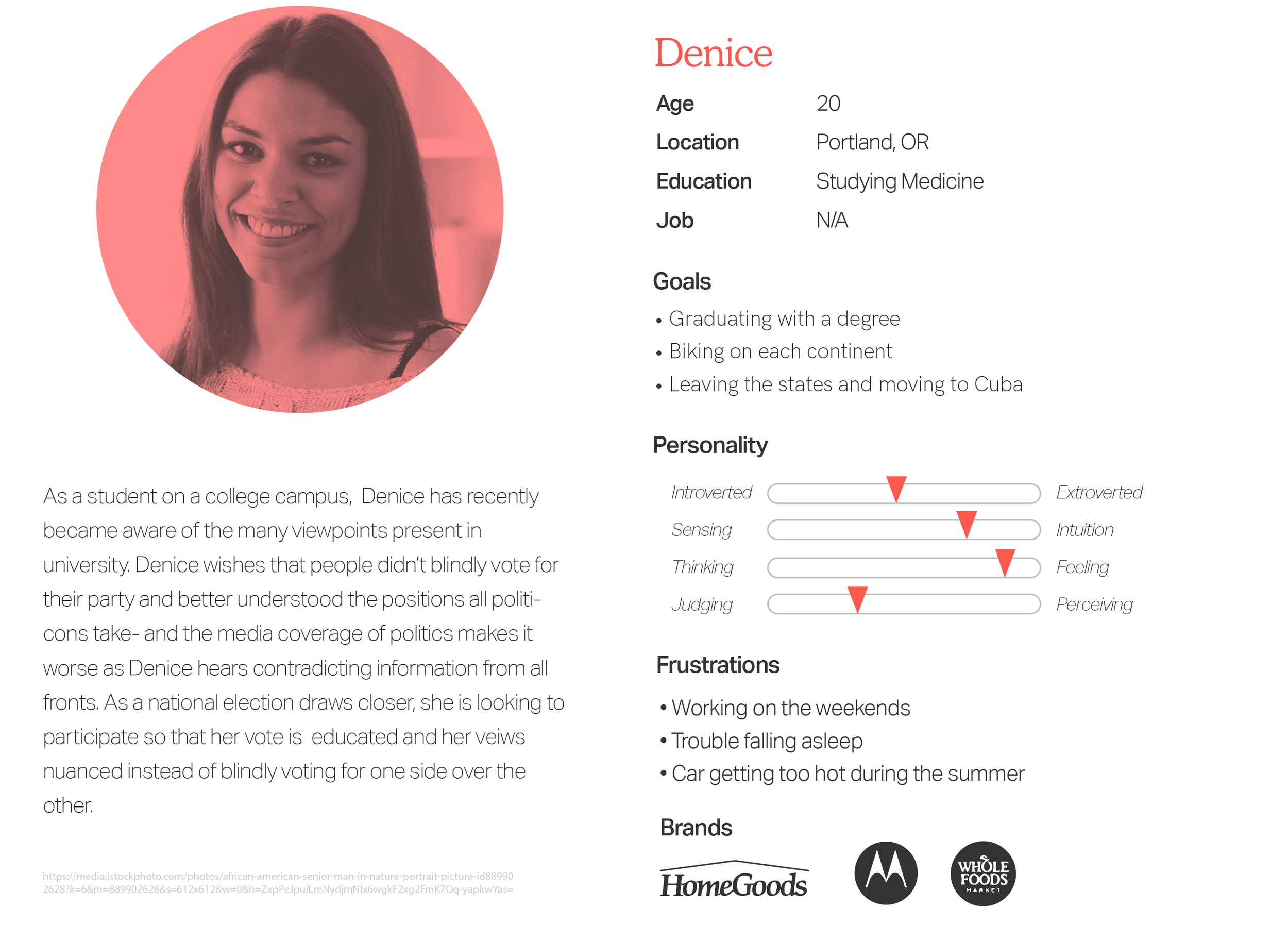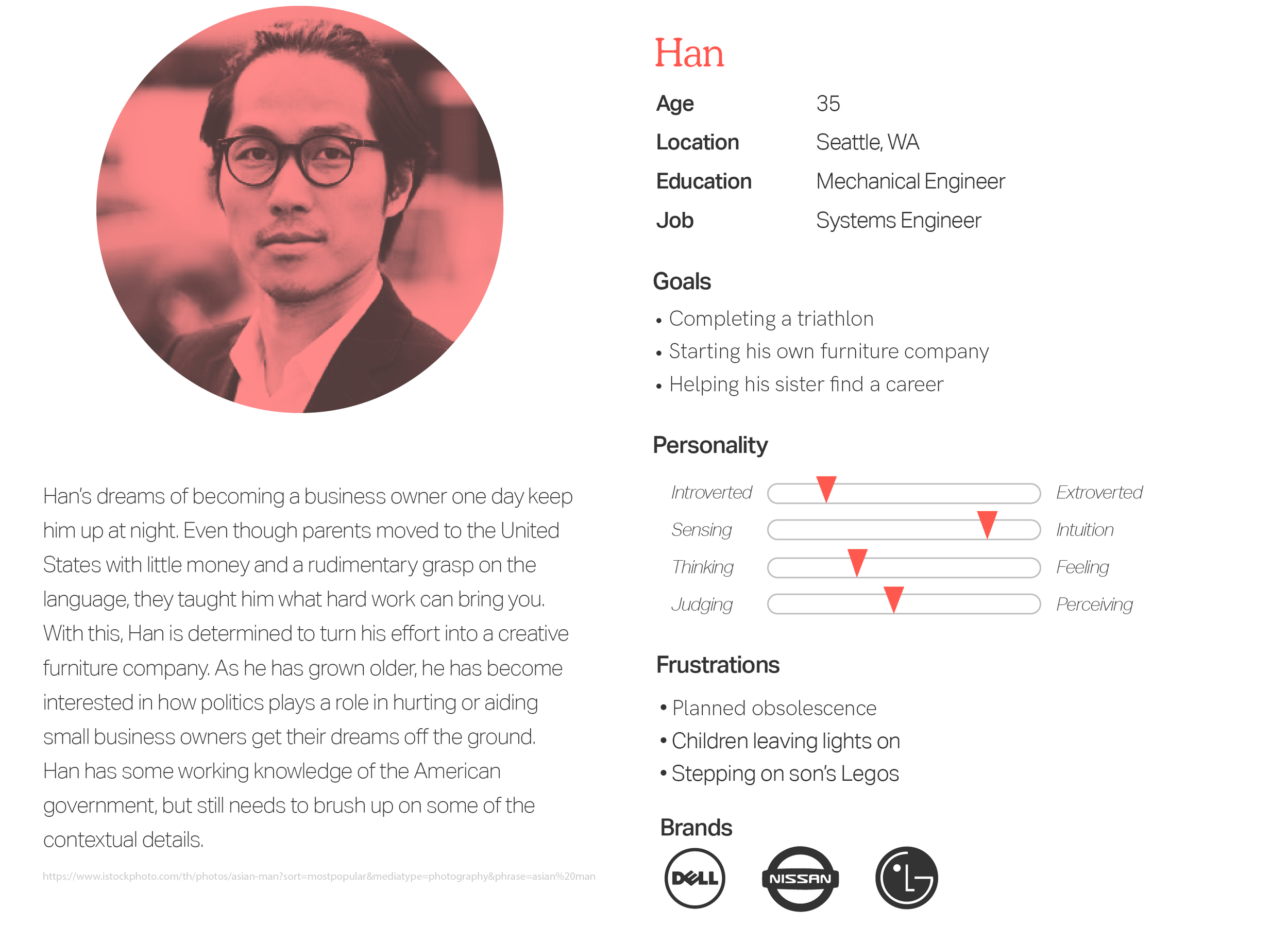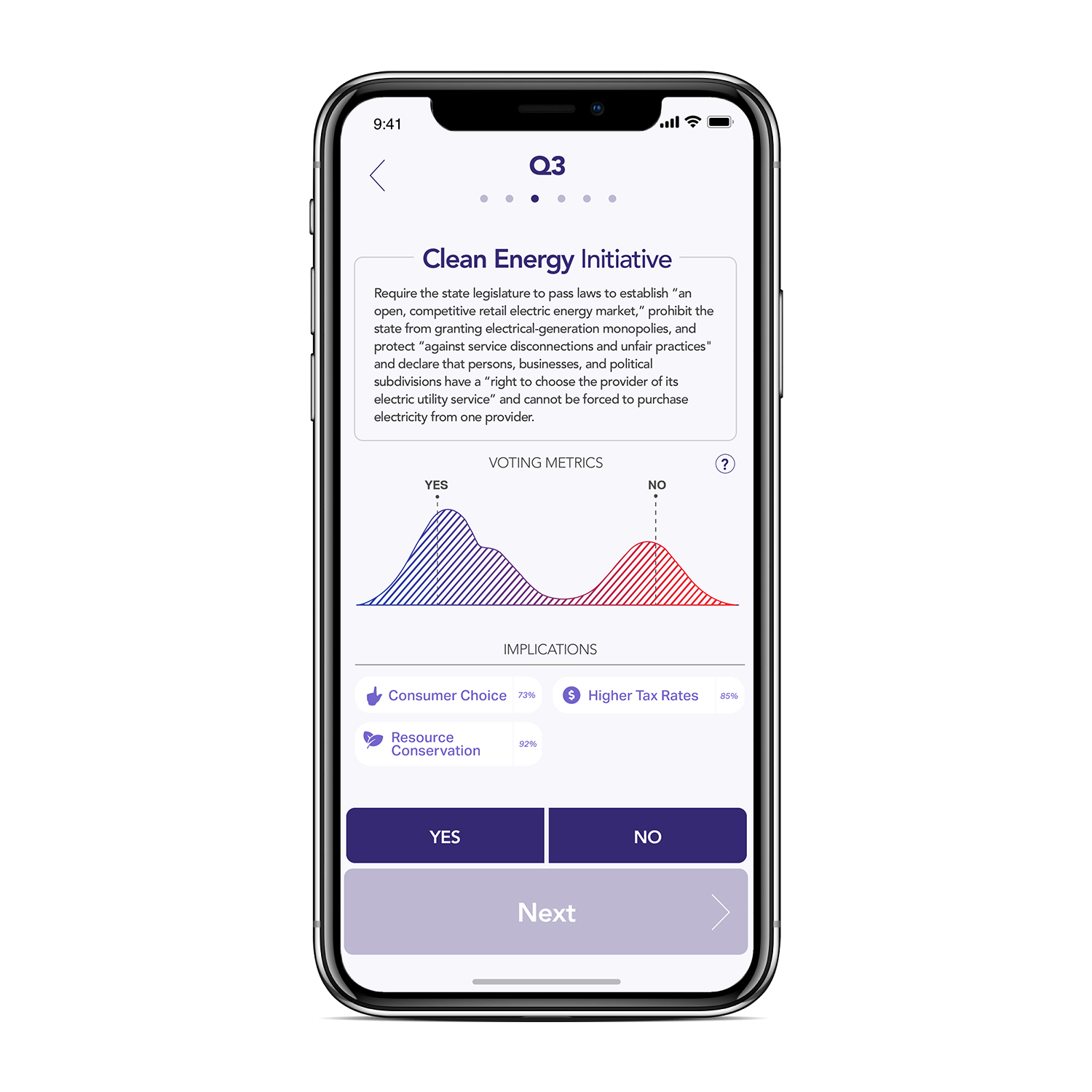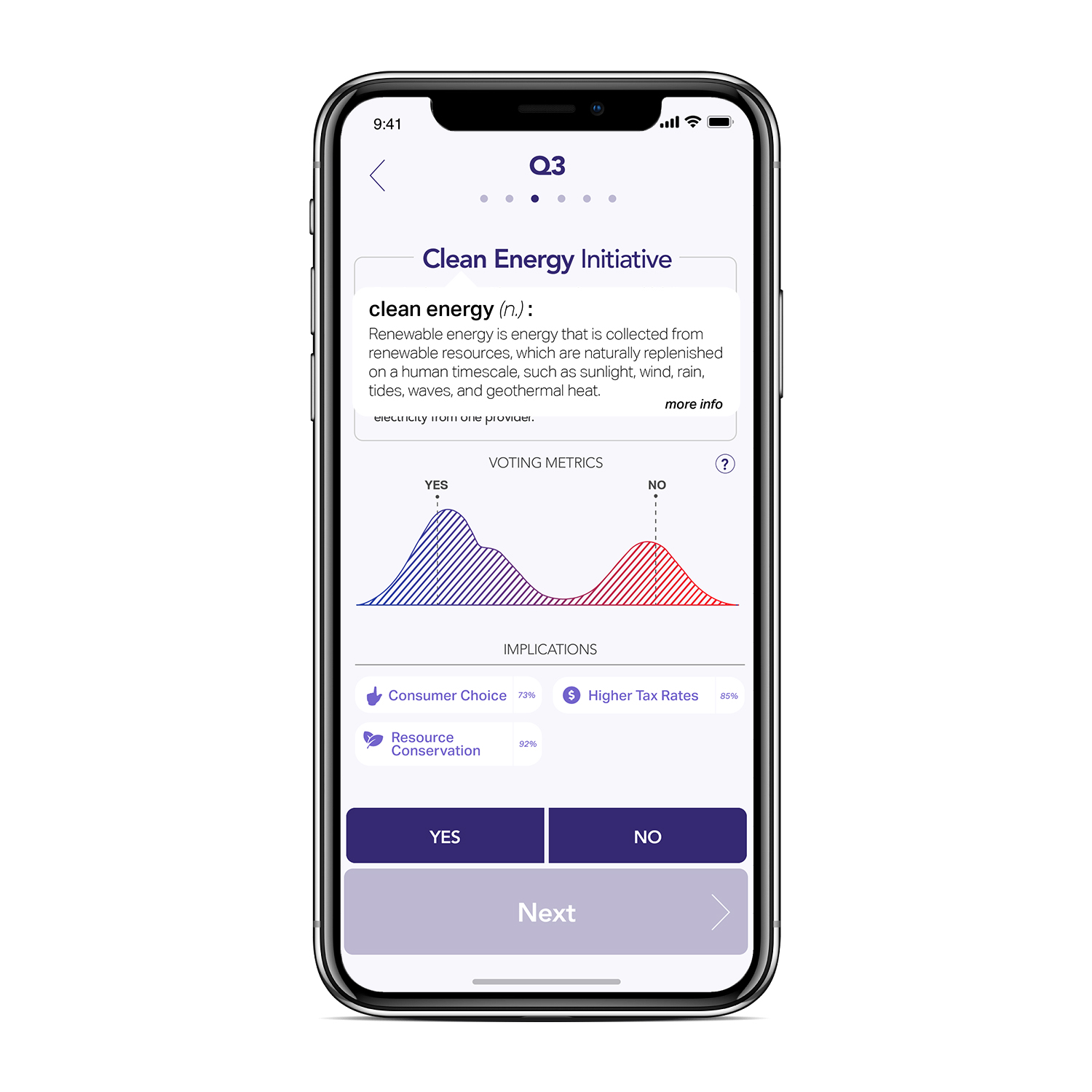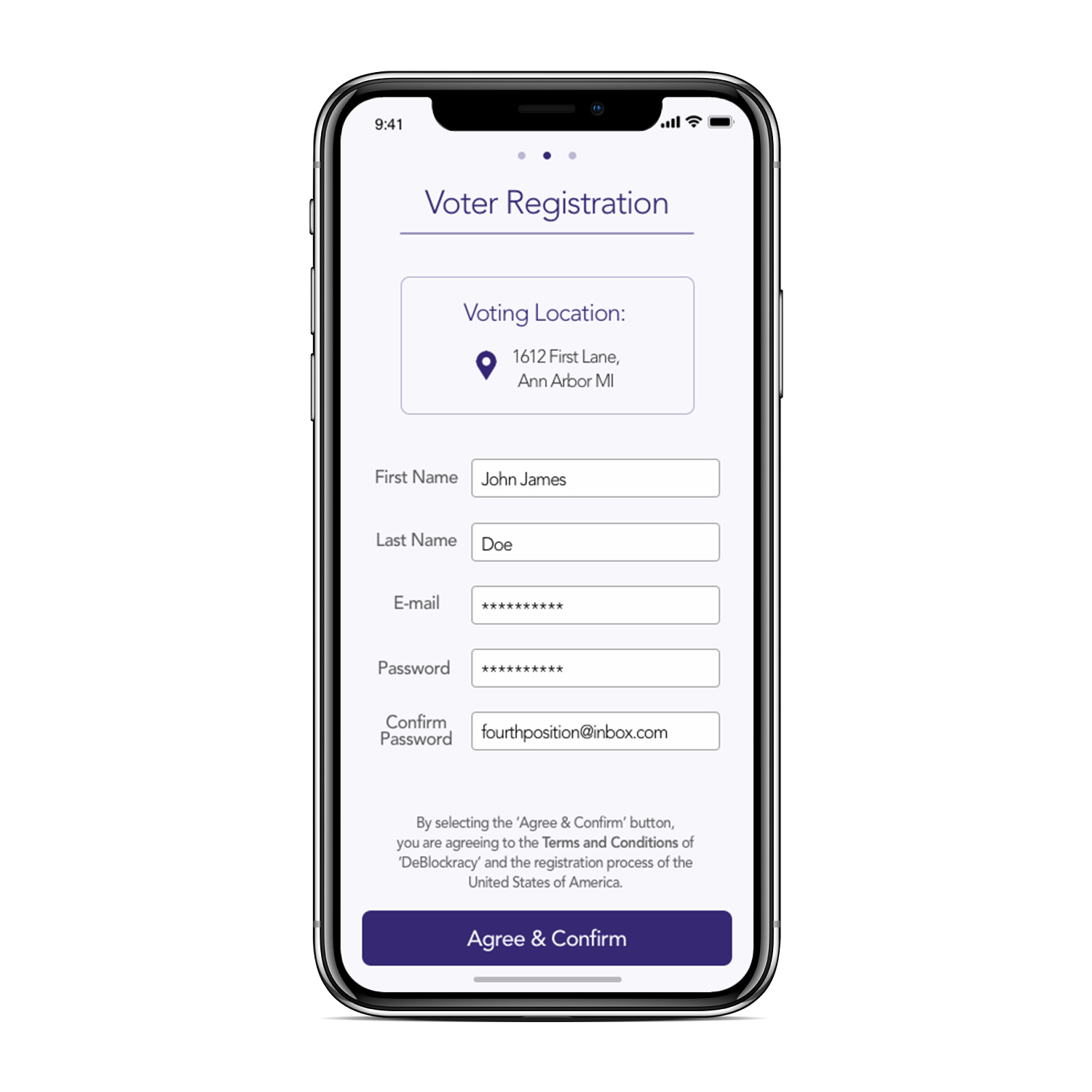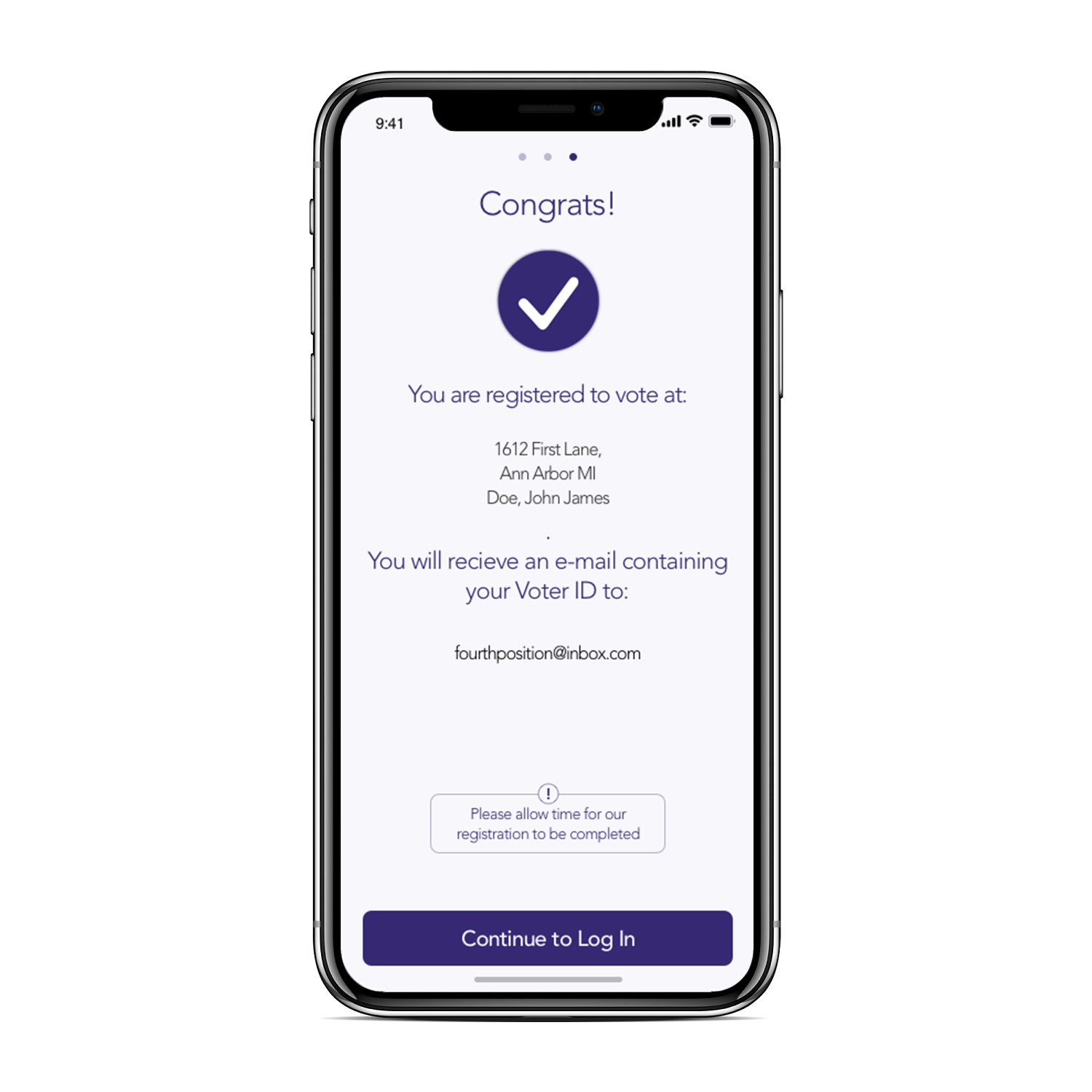How do we fix our election system?
Although America is a constitutional republic, the citizen’s right to vote is the cornerstone of our democratic society that has had its integrity challenged in recent decades by evidence of voter fraud, foreign meddling, and political malfeasance. As our nation has grown, so have our antiqued election methods- we are quick to innovate but slow to legislate. The glaring issue of our broken system is often brought to the public’s attention only to have little action taken to remedy them.
2 in every 5 Americans don’t trust our current electoral system.
This schism in public trust has left many believing the system we maintain is inherently flawed, and has motivated people to seek the aid of new technologies that can help us better orchestrate elections. One such tech advancement came into existence a little over a decade ago that is positioned to revolutionize our electoral process forever- that tech is Blockchain. A tech that has the unique property to be an impartial medium that could promise a secure and trusted method of making certain every vote is both counted and legitimate has raised eyebrows in hopes of being our answer. Our current electoral system is untrusted and vulnerable to many types of corruption.
2000 Election’s infamous poorly designed Electoral ballots in Florida
Touch screen voting doesn’t seem to be any more reliable
PROBLEM
Many Americans find our electoral system prone to corruption, increasingly unreliable and often difficult to part-take in.
Solution
Create an election system that impedes corruption, encourages informed voters, and directs the user to vote on policies instead of politicians so that faith in our democratic practice can return.
Design Challenge
In the pursuit of making certain every citizen has their voice heard, the conversation has been muddied up with talks of early voting, absentee voting, mail-in voting, etc. The main challenge of converting an old practice (with as much weight attached to it as political elections) into the digital age is the public trust of a voting system that we can all agree upon. It has become clear to me we have strayed from our constitutional aim: Everyone who wishes to vote has their say accounted for.
How do we get a public acceptance of holding elections through Blockchain?
Blockchain is a database of information- this information isn’t stored in a single place like traditional methods, but across a variety of data servers that participate in the network allowing the medium to be truly decentralized. Every record that is written on a blockchain is secured by a unique cryptographic key, making the blockchain and its information immune to tampering. Utilizing this tech to secure elections could change the way we see election security in the digital age.
User Research
Persona
If widespread adaption is a priority, then designing to the wide spectrum of users is critical. The audience of the app could be a large percent of the population if voting is as convenient as pulling your phone out- accounting for the target audience that includes both a mobile and desktop application to participate would help encourage adaption.
User Flow
When deciding how the user would travel through the screens, I was careful to consider in what nature the app would be used. Most commonly, the use case would be voting itself, or registering to do so- these are both easily accessible. The voting process closely follows that of the existing ballots in use today, but also provides definitions and references when appropriate to do so without the voter feeling as though the app is holding your hand- the info is accessible, but only if you request it.
Wireframe
User Testing
After getting the prototype in hands, I was able to collect feedback on the direction of the app and if it could be a viable solution.
““Right now it seems that the menu for this app is cluttered and has info on it that doesn’t need to constantly be there. Maybe only have the times voting is available as well as alerts there? You have to think about how often people will use (it) in between voting seasons.“
”
““I’m glad the app looks to help the user better understand things within context, but I would have to really trust the source to make sure that I can faithfully use it.” ”
Initial Prototype
User Experience
ADAPTION
To gain public trust, the country can phase this type of voting in as it will likely take the majority considering its convenience. This solution would only be successful if we can assure that it is:
Secure: The security of blockchain could create an impartial medium that can not be persuaded- having a positive public opinion is paramount in the app’s success.
Informed: Not everyone has the ability to keep up with the politics that happen in this fast-paced world. Informed voters will add value and credibility to the votes of this nation’s citizens.
Unbiased: The absence of political parties directs the user to vote on policies and issues as opposed to politicians and parties- also helps those that want to avoid being influenced with biased journalism.
Available: No vote should be suppressed because a citizen couldn’t make it to the voting location- from your phone or desktop, registering and voting in state or national elections has never been so easy.
Emotion Mapping
With such a large target audience in mind, organizing a common user experience had to consider many factors- especially if this was to become a serious method of voting. Mapping the adaptation process emotionally helped me conceptualize how voters would not just vote, but be excited to part-take in elections.
High-Fidelity Prototype
HEURISTIC FOCUS
User Interface
These features of Deblockracy aim to help the user better understand our political structure and subjects, many topics of which are deeply nuanced and intentionally obfuscated. To combat this, all these features pull info from an impartial machine-learning database that unites rhetoric from both sides to form an accurate reflection of reality called Unify.
Terms defined within Political Context
Many of the terms used in politics have a specific context that is vital to understanding what is being discussed. Having the definitions live while voting can help all voters produce more informed opinions and divert human bias.
Register to Vote within the App
Convenience is key in getting citizens to exercise their right to vote- from your phone or desktop, registering and voting in state or national elections has never been so accessible.
Implications of Voting
If voters could consider the ramifications of their voted policies, then we would have a more thoughtful and careful approach to solving our issues. Unify produces a certainty percentage, or the likelihood that the metric will reflect reality. While difficult to estimate, by reviewing the history of similar propositions, it’s possible to give the voter an idea of what could result.
Unbiased
By removing political parties and replacing with candidate positions when able available, users are encouraged to vote on issues and policy rather than simply ‘toe the (party) line’.
UI TOOLKIT
The User Interface elements would come to be very important considering creating clear, legible, and intuitive controls for voting was crucial in the user experience for seasoned and new voters alike. Purple was chosen as both a color that expressed both nobility and power, as well as being the mix of colors our two major parties don Democrat (Blue) and Republican (Red).








